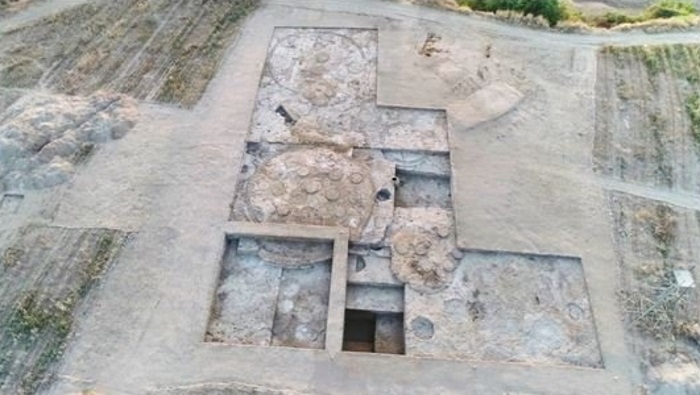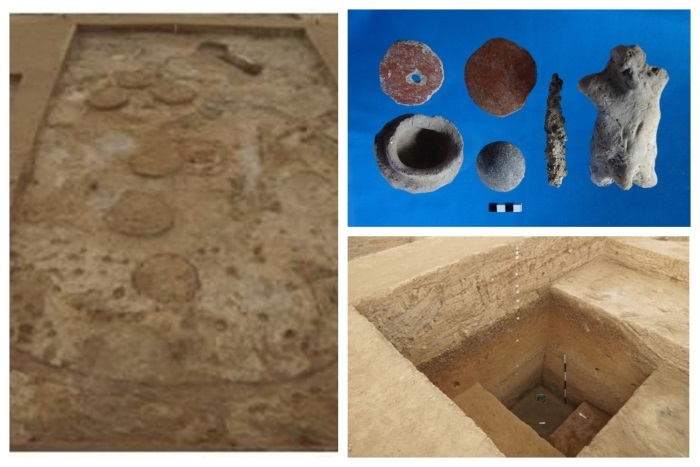New light on Maharashtra’s Iron Age! ASI’s new excavation indicates towards Iron Age settlement in Vidarbha
Total Views |
Amaravati, Aug. 22: The recent excavation carried out by the Archaeological Survey of India (ASI) at Maharashtra’s Phupgaon has revealed evidence of an Iron Age settlement in the Vidarbha region. The excavation at the site was taken up between December 2018 and March 2019.

The team of ASI took up an intensive survey in the region between Chandur Bazar to Dariyapur of Purna basin at Phupgaon (N 21° 24’ 00.6” E 77° 54’ 11.6”), Amravati district of Maharashtra. The site is situated in the vast meander of the river Purna, a major tributary of Tapi, which used to be a perennial river, but at present is completely dried-up due to the dam construction in the upper stream.
The excavation is significant as it indicates the presence of sedentary (permanent) settlement, belonging to the Iron Age of Vidarbha. The settlement comes under the category of a small village with evidence of a small agro-pastoral community with evidence of craftsmanship in the form of beads of agate-carnelian, jasper, quartz and also the usage of other artifacts like hopscotch, wheel, and barrel-shaped beads.
The site is situated about 20 m away from the river bed and its one-third portion has been subjected to frequent erosion during the heavy water current in the earlier times.
A total of 9 trenches were taken for excavations, which brought to light the house remains and other associated features like hearth, post-holes, and artifacts.
During the course of excavation, 4 complete circular structures were exposed. All were found encircled with post holes. These structures were found to be enclosed with a circular ditch like feature and postholes.
Inside of these structure floor activity, storage bin platforms and hearths were noticed. The bin platforms are circular and they were of different sizes ranging from 90cm to 125cmin diameter.
ASI is of the view that the excavation at Phupgaon has provided important insights into Iron Age people of Purna river basin. Chronologically, the site could be placed between 7th C BCE and 4th C BCE. However, further detailed study of the site with chronometric dating is being taken up to reveal further aspects of Iron Age of Vidarbha.

The excavation also exposed antiquities like beads of agate-carnelian, jasper, quartz and agate were collected in large quantities. Iron, Copper objects have also been collected from all the trenches. A large number of graffiti marks had been observed on the potsherds.
The river Purna, a major tributary of the river Tapi, has witnessed several archaeological sites on its either side of the banks. A number of cultural remains in the form of various antiquities and pottery have unraveled the nature of those settlements ranging from Paleolithic to the late medieval period.
The finding from Phupgaon indicates its contemporaneity with other Iron Age settlements of Vidarbha like Naikund, Mahurjhari, Bhagimori, and Thakalkat.